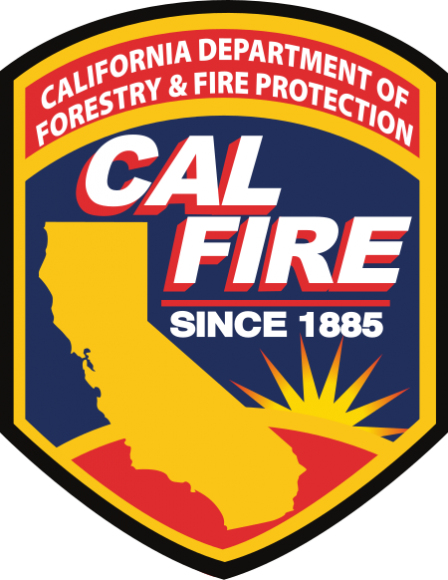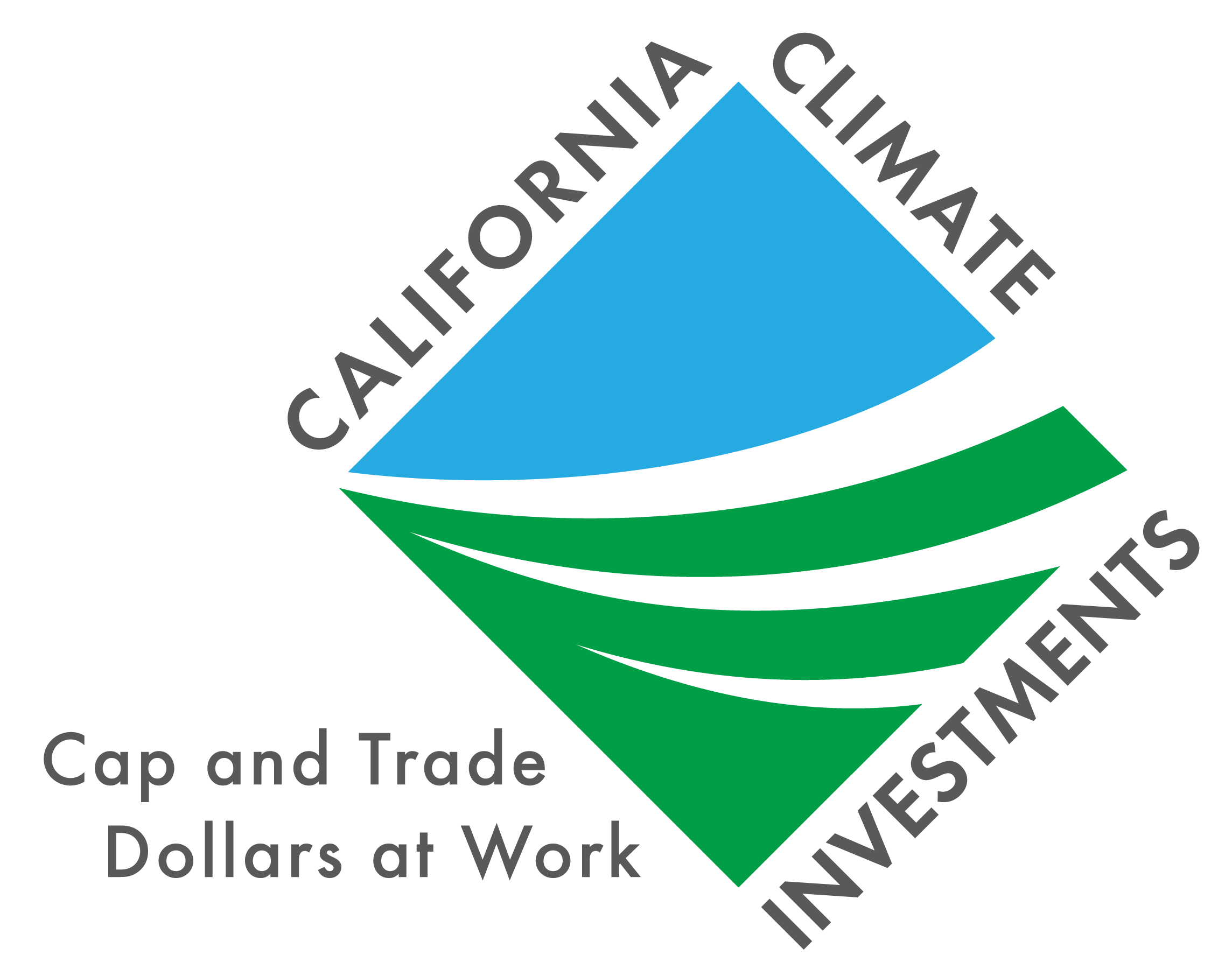Published: Jan 23, 2020
The California Tahoe Conservancy has completed the first of two projects to restore forest health and combat climate change on Conservancy land along Dollar Creek in Placer County.
The California Tahoe Conservancy has completed the first of two projects to restore forest health and combat climate change on Conservancy land along Dollar Creek in Placer County.
Last year, the Conservancy’s contractor thinned 151 acres of the forest, creating gaps and small clearings. Overcrowded forests on the land had become vulnerable to fire, drought, insects, and diseases. Historically, low-intensity wildfires might have maintained conditions similar to those created by the tree thinning. Work wrapped up near the end of the year.
In 2020, crews will hand thin another 260 acres of forest on adjacent Conservancy land. Crews will focus on overly-dense understory trees and shrubs.
Together, these projects will improve forest health and habitat, while decreasing the risk of catastrophic wildfire that could threaten nearby neighborhoods and destroy entire stands of trees. Healthier forests store more carbon in trees and soil, and are less likely to lose forest carbon through large, intense wildfires.
Through these forest health improvements at Dollar Creek, the Conservancy is helping to advance the Lake Tahoe Basin Forest Action Plan and the Tahoe-Central Sierra Initiative.
This effort is part of California Climate Investments, a statewide program that puts billions of Cap-and-Trade dollars to work reducing greenhouse gas emissions, strengthening the economy, and improving public health and the environment—particularly in disadvantaged communities. The Cap-and-Trade program also creates a financial incentive for industries to invest in clean technologies and develop innovative ways to reduce pollution.
California Climate Investments projects include affordable housing, renewable energy, public transportation, zero emission vehicles, environmental restoration, more sustainable agriculture, recycling, and much more. At least 35 percent of these investments are located within and benefiting residents of disadvantaged communities, low-income communities, and low-income households across California. For more information, visit the California Climate Investments website at: caclimateinvestments.ca.gov.


